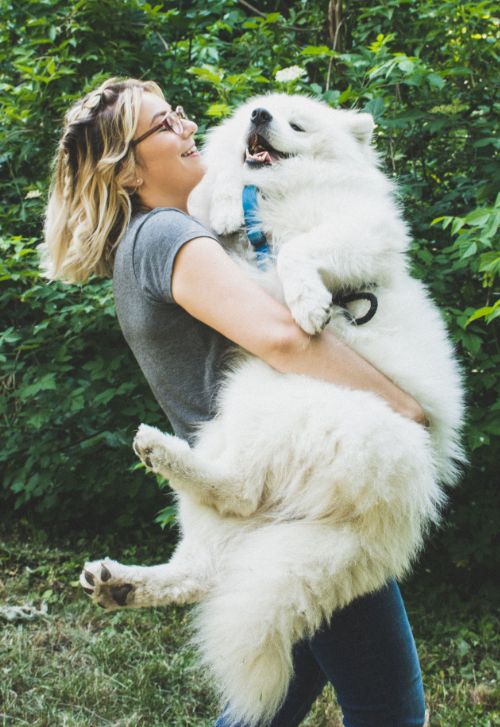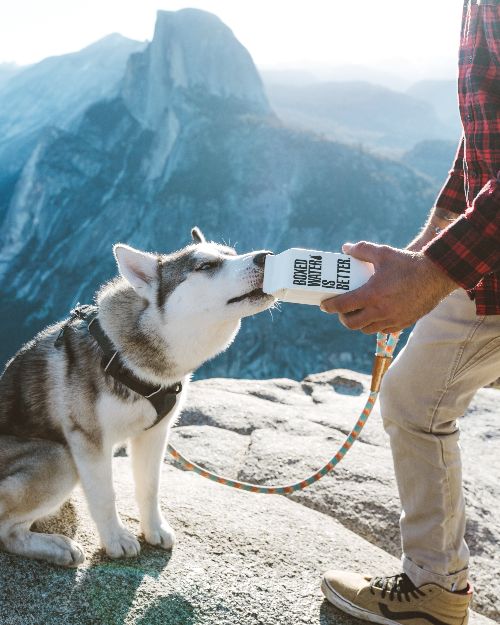
Trends & Predictions for the Female Shopper

Study People. Examine Brands. Explore Culture.
What women want matters to your brand, no matter the arena or category. Through our brand research work we’ve found this premise rings true, year after year, and 2019 is no different. Join us as we delve into the power of the female retail shopper, tracking trends and making predictions that matter for your business. Here is a quick look at some of the top areas we think will be influenced by your target audience in the coming year.

Impact of the Trust Economy
With so much mistrust in the world today (fake news!), consumers are demanding transparency. This means when they make a purchase, they want to understand where it came from and how it was made. We will continue to see this demand grow in 2019, especially among female shoppers who have been shown to value trustworthiness in brands. Their decision-making input is coming more and more from online reviews, social media, and online “experts” and advocates, as distrust of governmental, traditional and large corporate institutions grows. Some smart brands have embraced transparency, making sure they have publicity surrounding sourcing, manufacturing and all other details of getting their product ready to sale.

Emphasis on Social Responsibility
According to the 2018 Porter Novelli/Cone Purpose Premium Index, Americans prioritize companies that are responsible (86%), caring (85%), advocate for issues (81%), protect the environment (79%) and give back to important causes (73%). Companies trying to reach women, a population shown to have more affinity for social responsibility themes, will continue to align with initiatives that reflect women’s values and that positively impact their brand reputation.

Focus on Product Sustainability
In the face of increased global climate change, rising populations and dwindling resources, many shoppers are choosing social responsibility and are interested in buying products that show environmental commitment. It’s clear that brands are taking note of this trend with more and more business trying to attain B Corp designation and the rise in brands taking a stand for environmental causes (think Patagonia). A shift toward sustainability, and the marketing surrounding this shift, could be the key factor that lures a buyer into the realm of elusive brand loyalty.

Increased Demand for Personalization
Consumers expect their needs to be met instantly in highly relevant ways. Personalized experiences, both online and in store, will become more important. Studies continue to show that thoughtful personalization builds trust and loyalty among consumers. This can mean everything from pertinent products being offered based on specific, individual shopping behavior to a seamless payment and shipping experience.

Seeking the Human Connection
Many people, including women shoppers, are starting to see the price of digital connectivity: lack of human contact. With all the ways that technology connects us and makes the shopping experience more convenient, fast and efficient, many still seek meaningful human interaction on some level. Brands would do well to note this need and create ways to spark real conversation and connection that doesn’t rely solely on technology.




